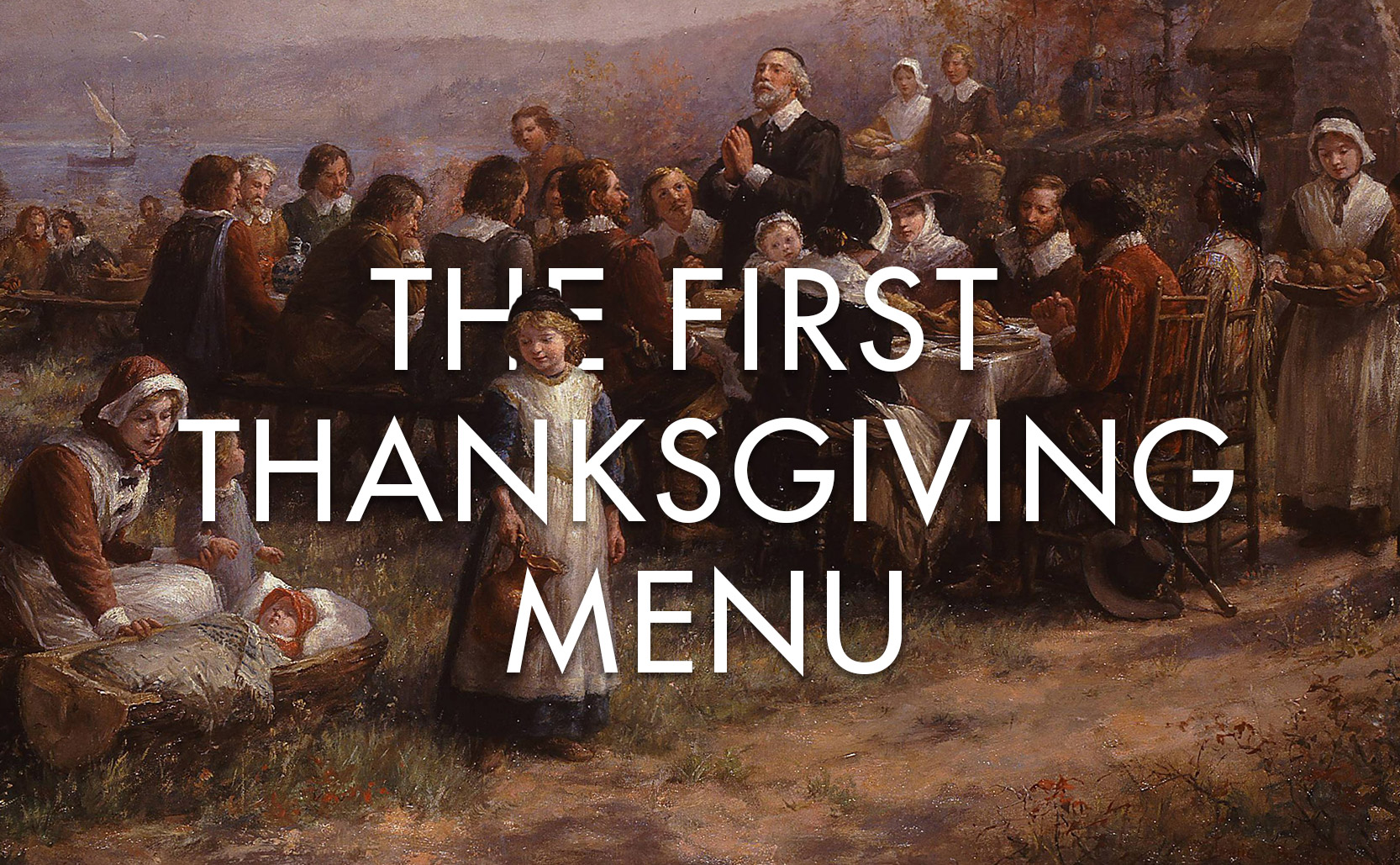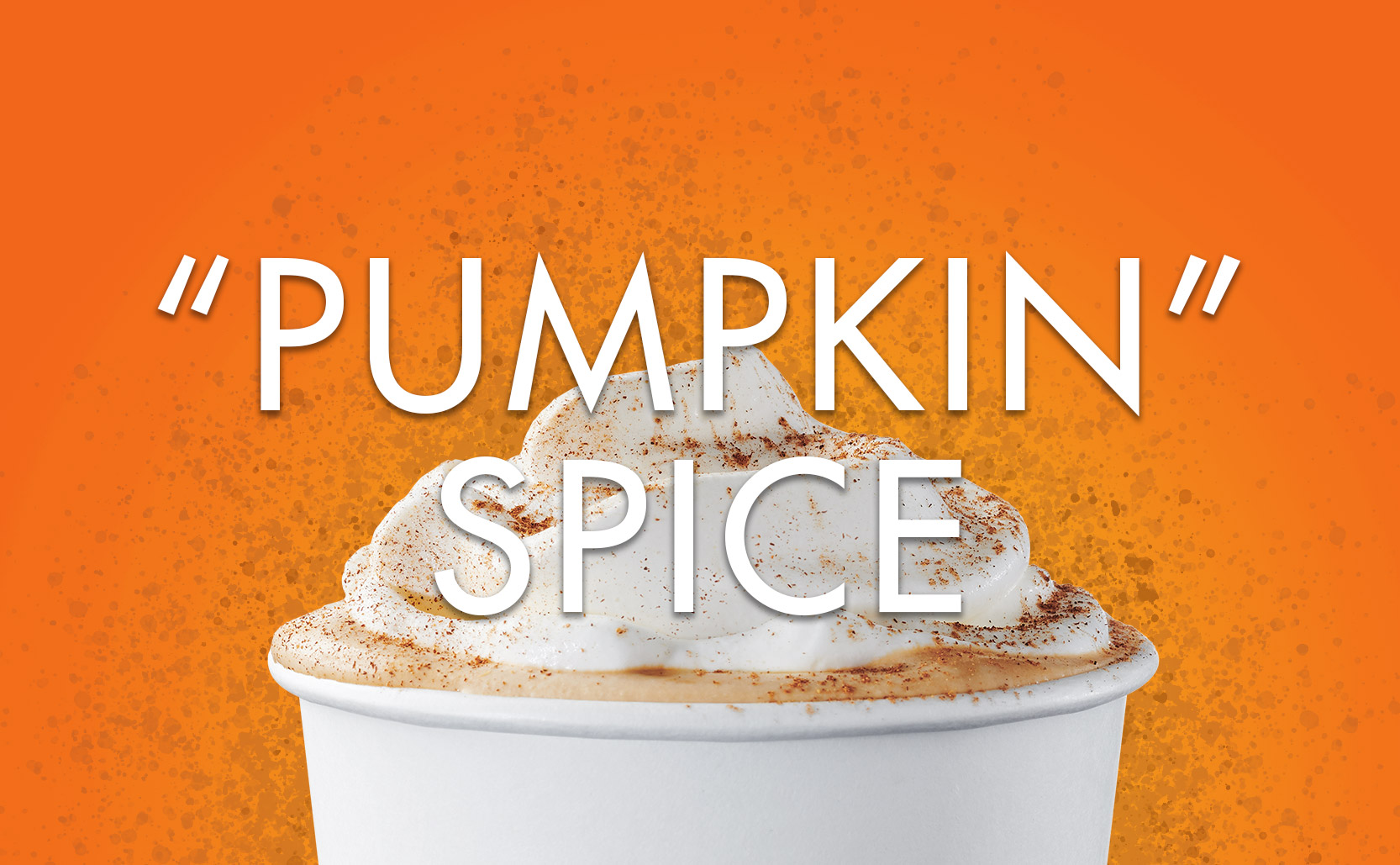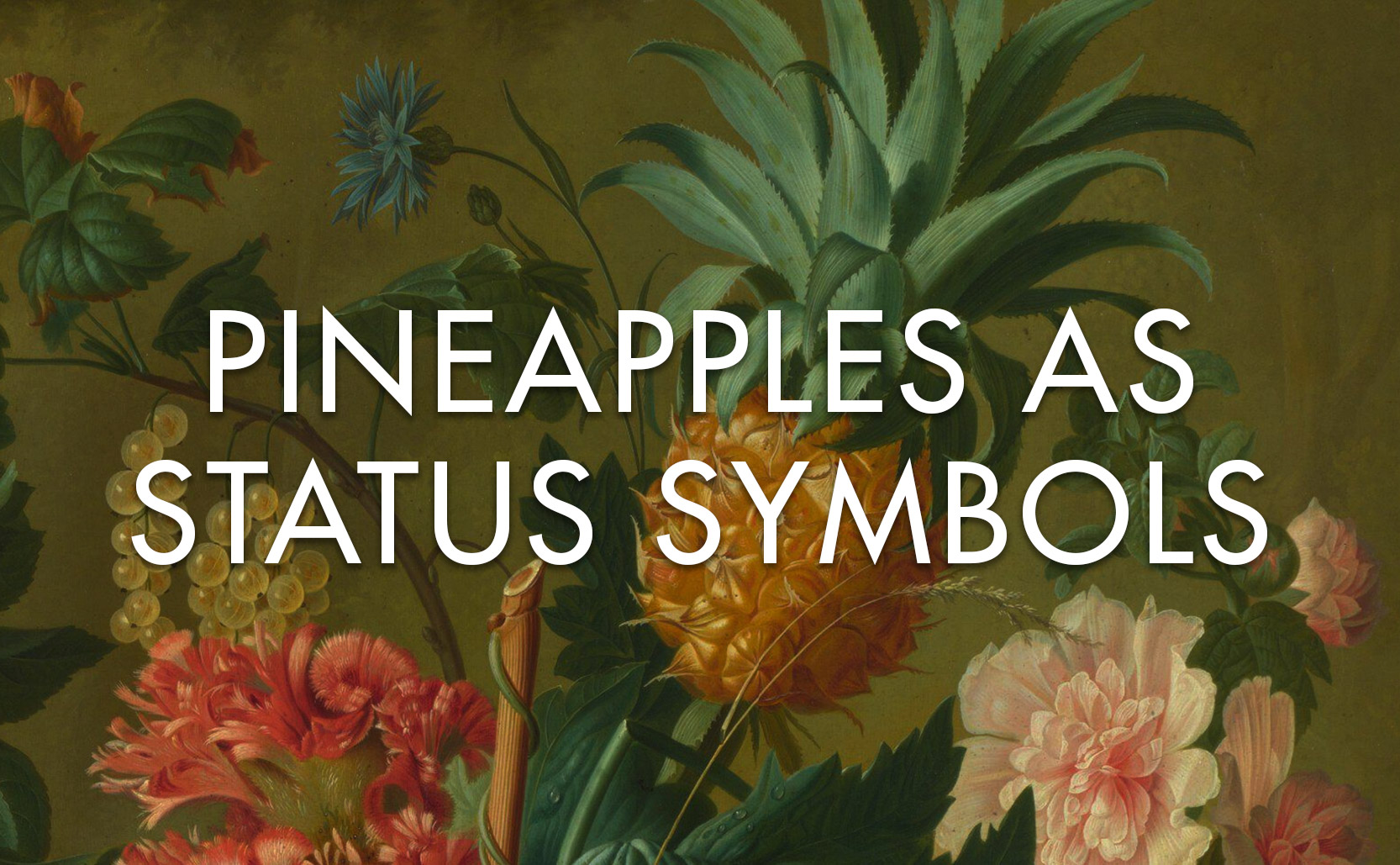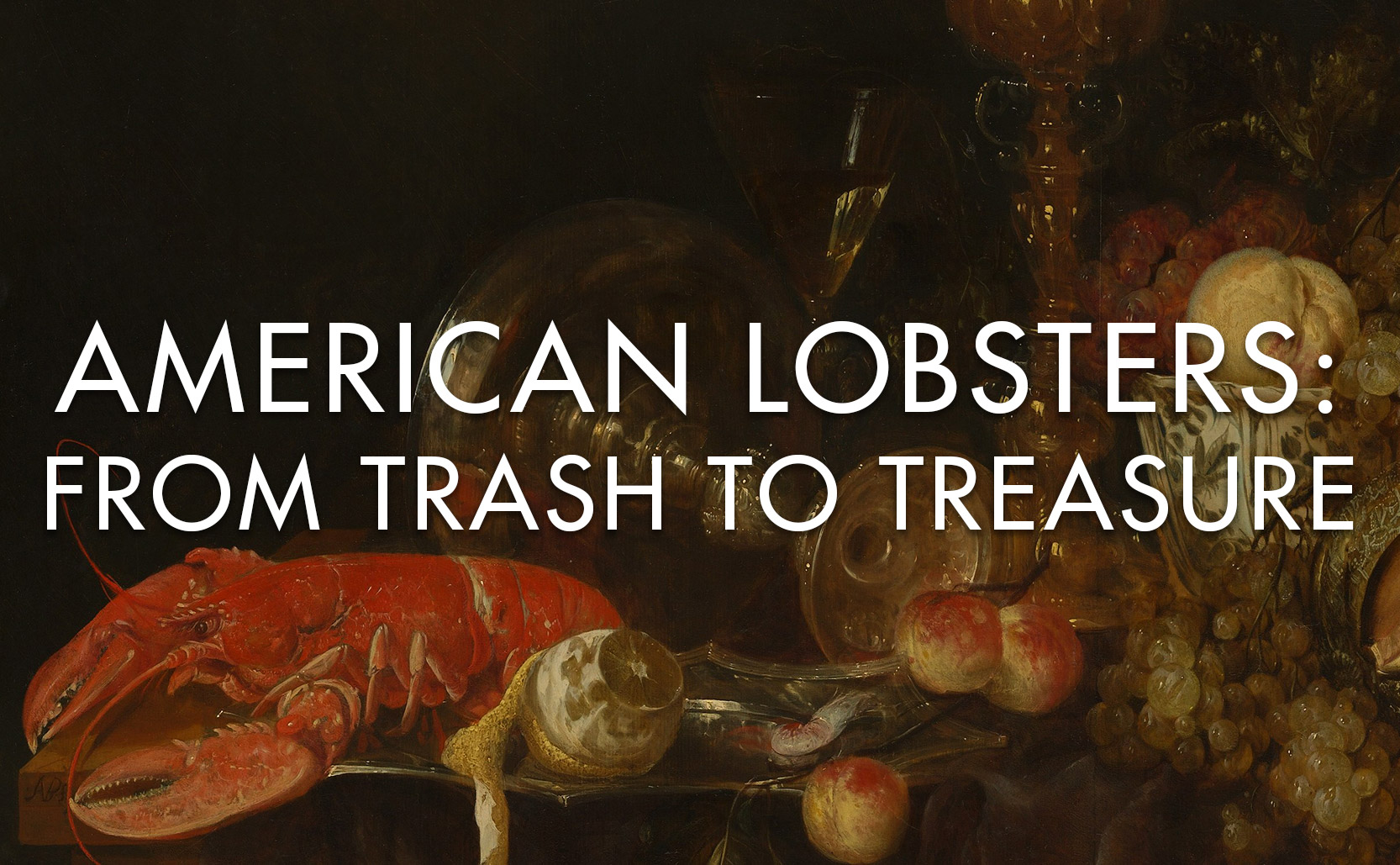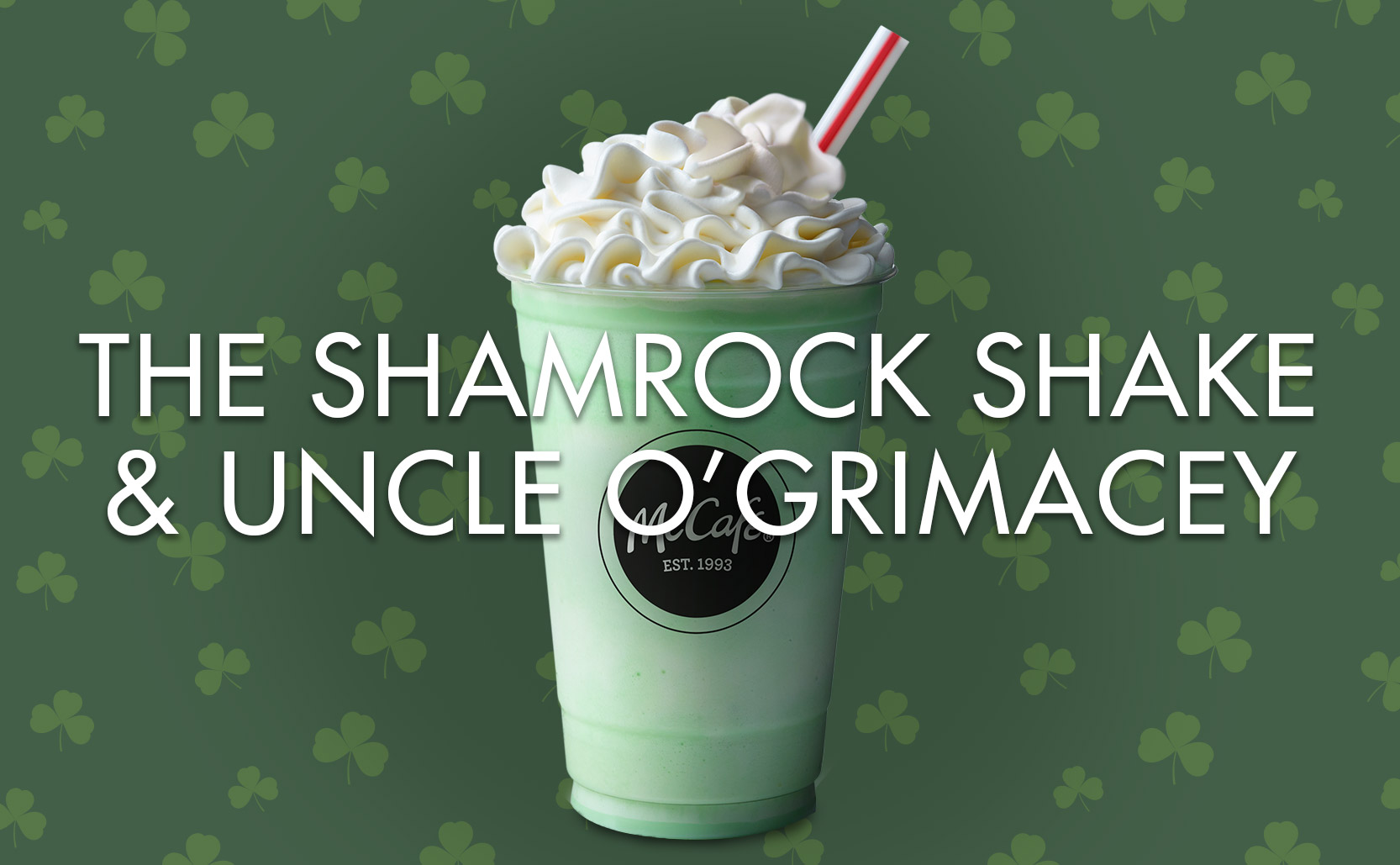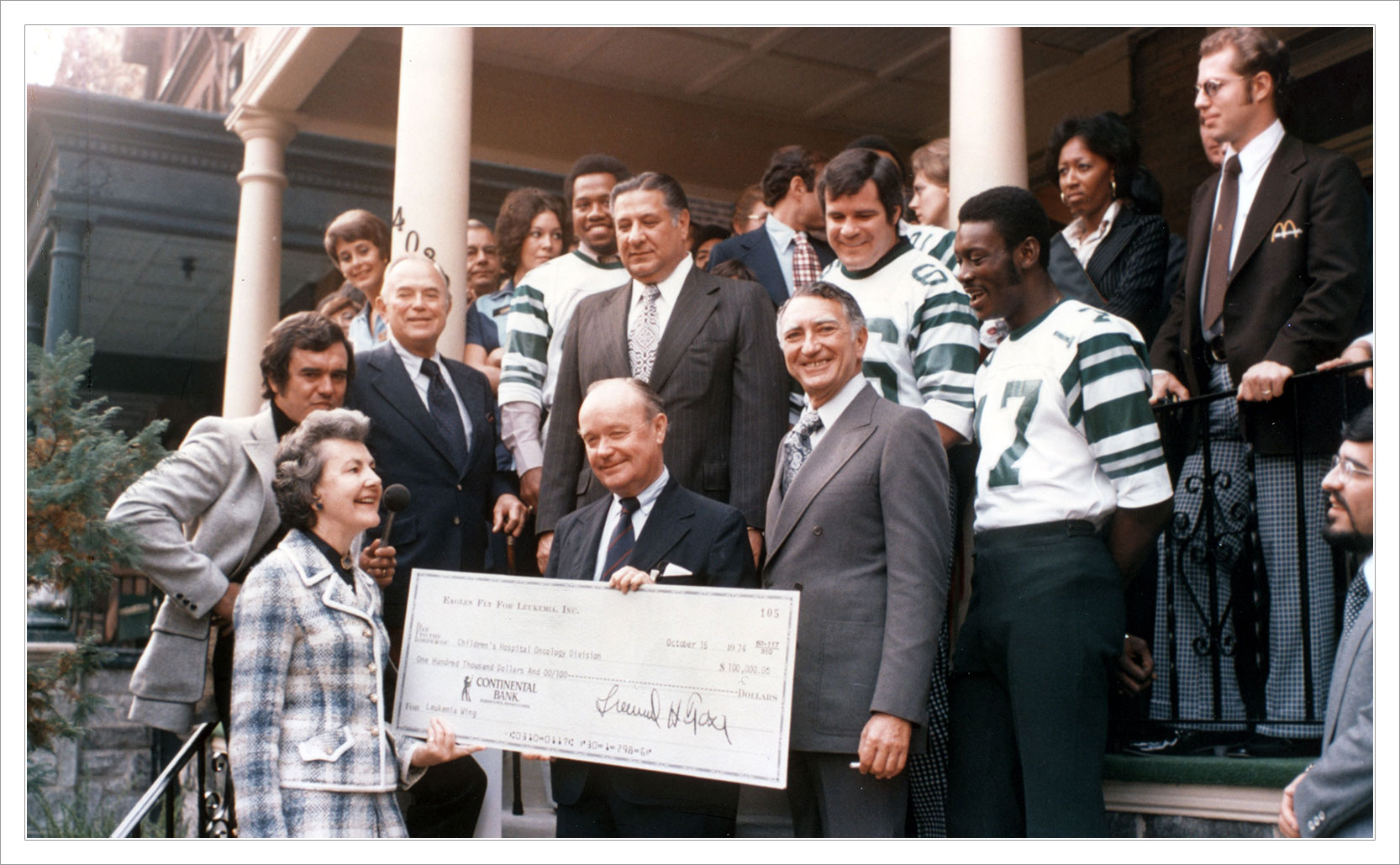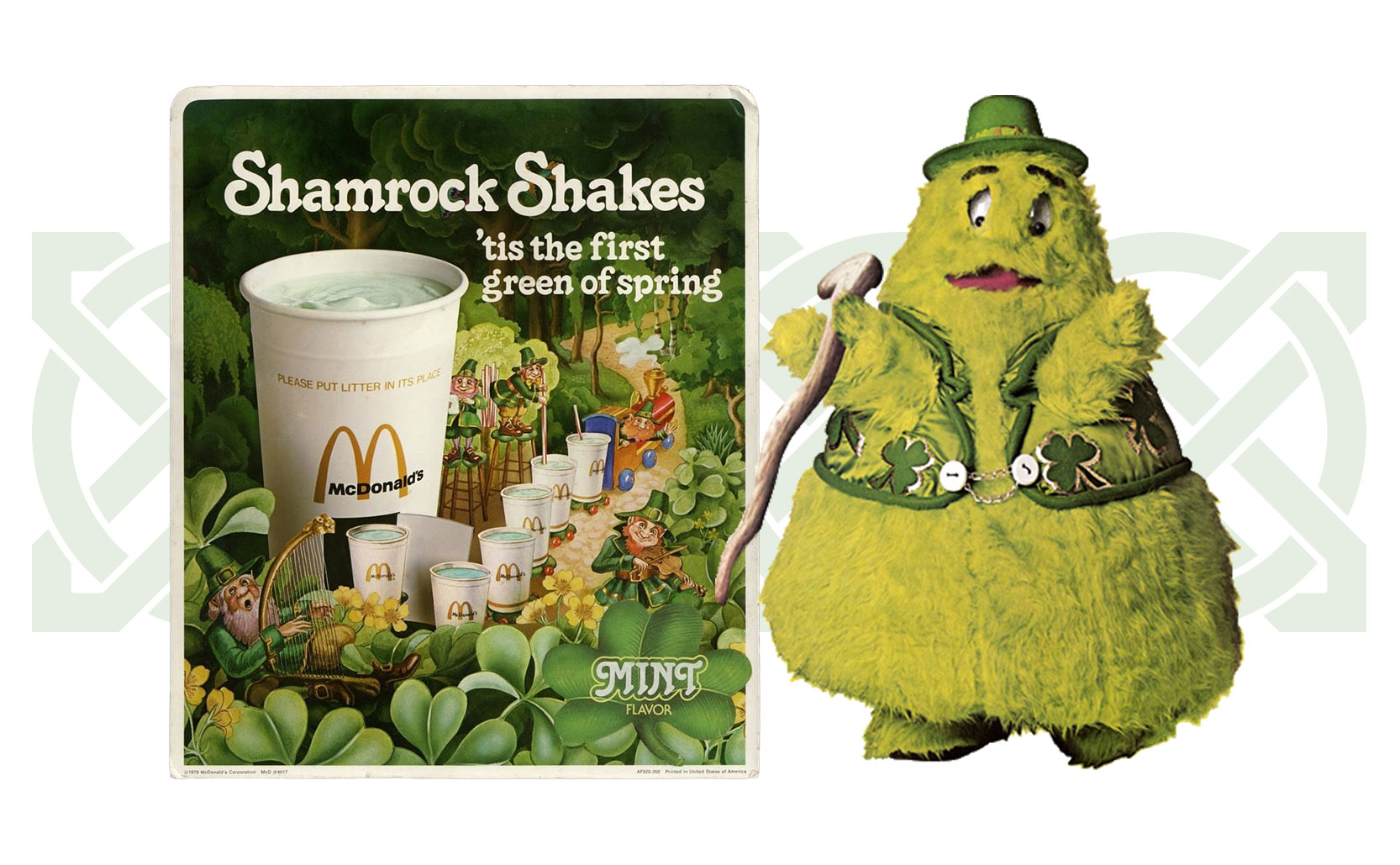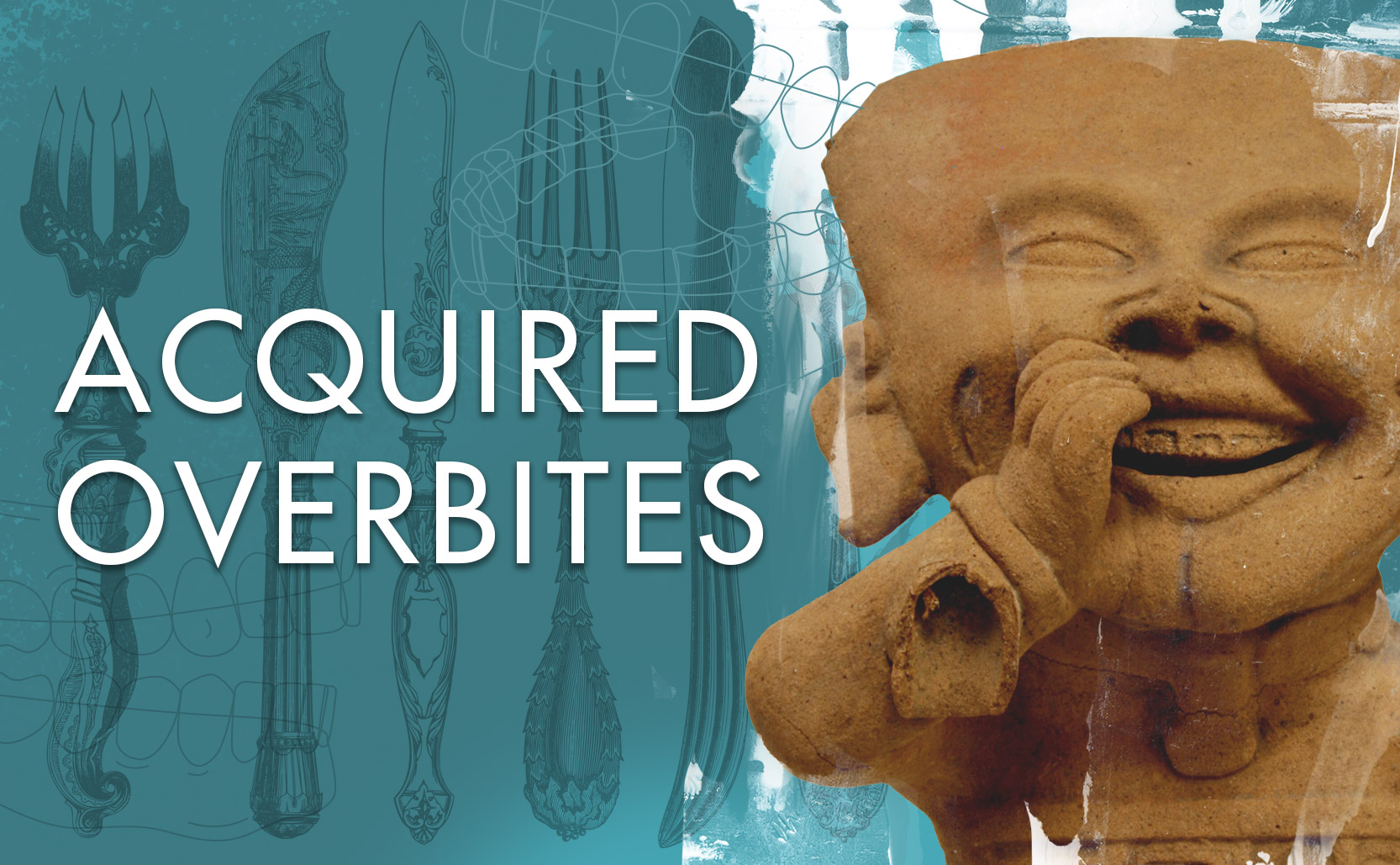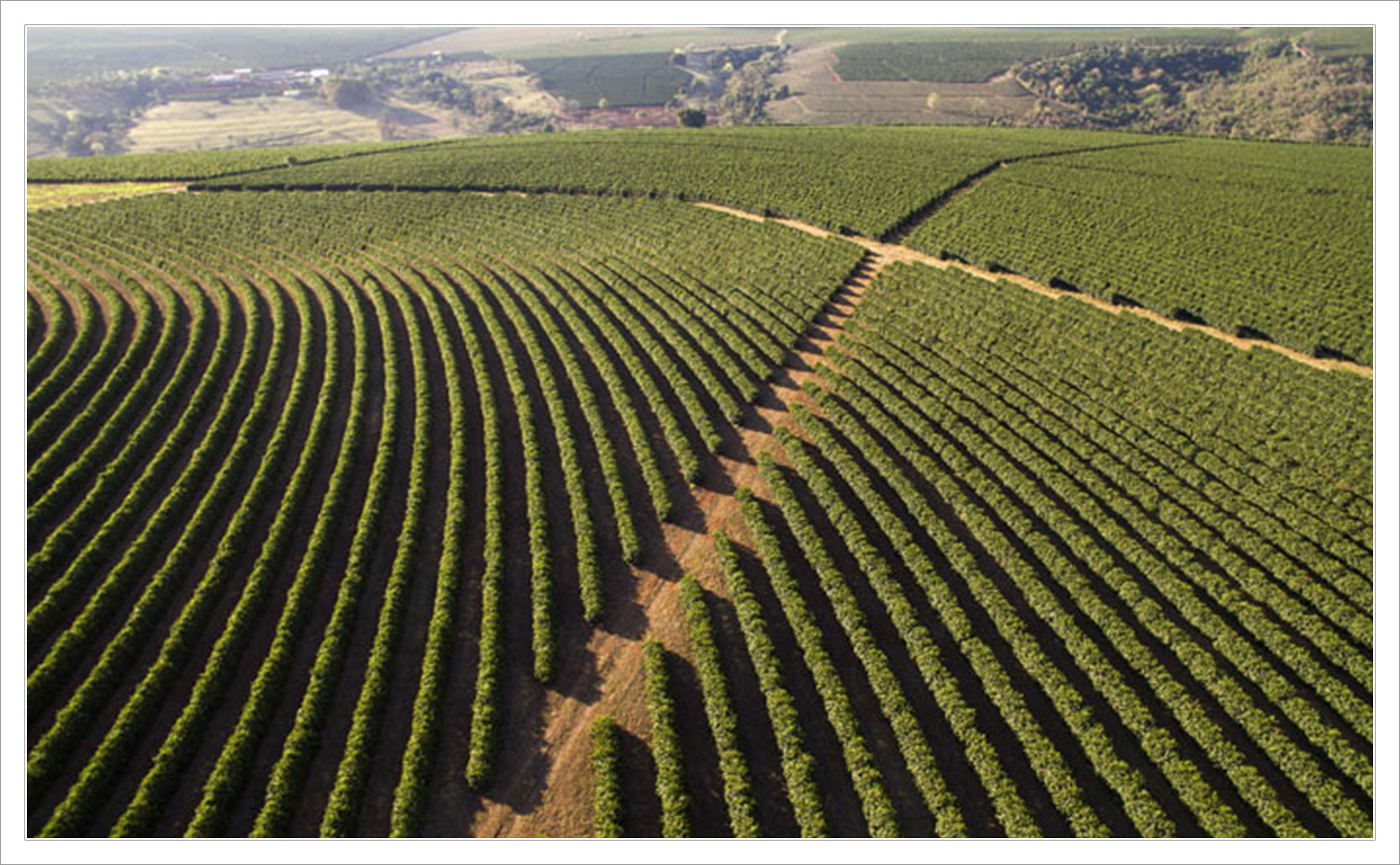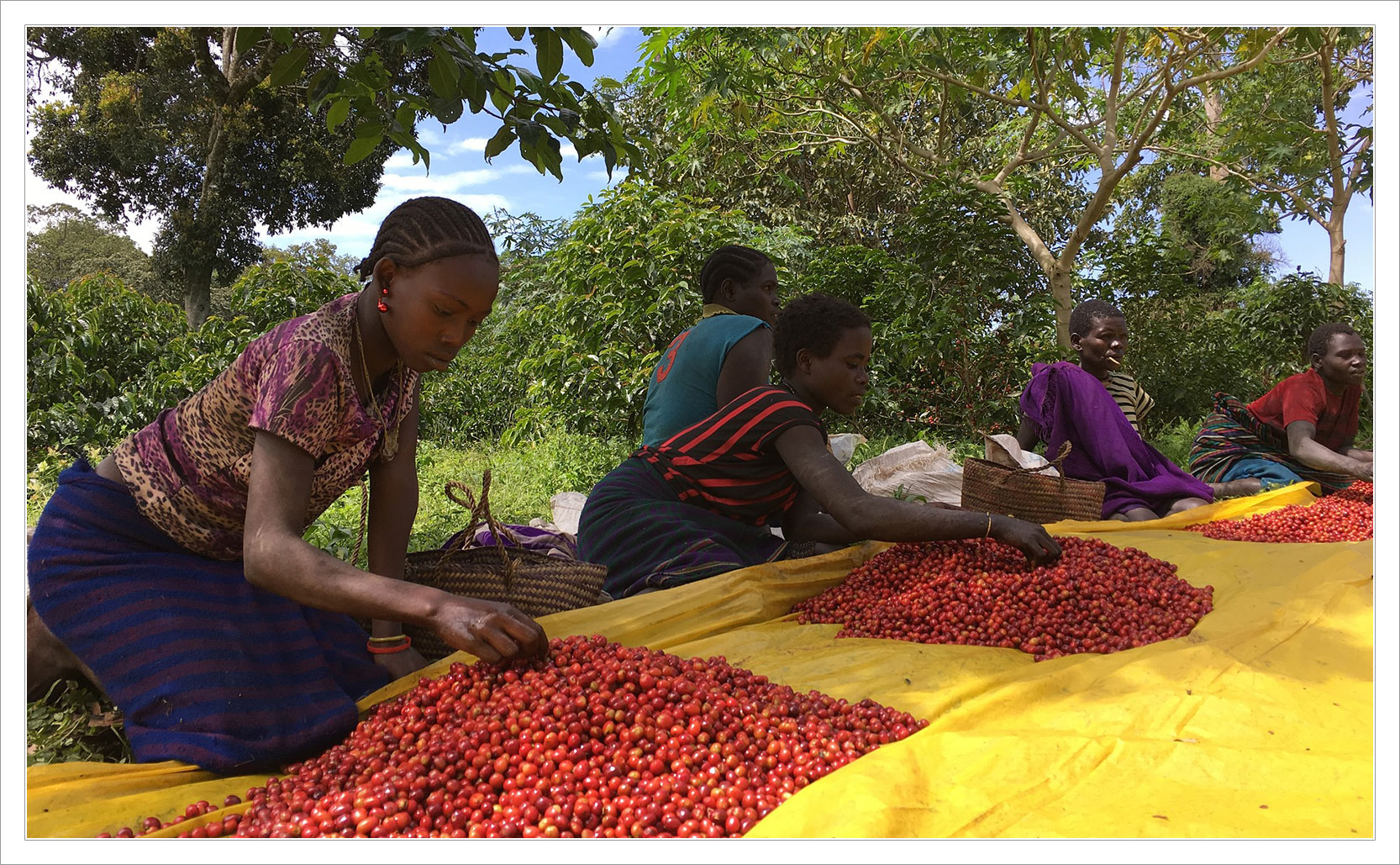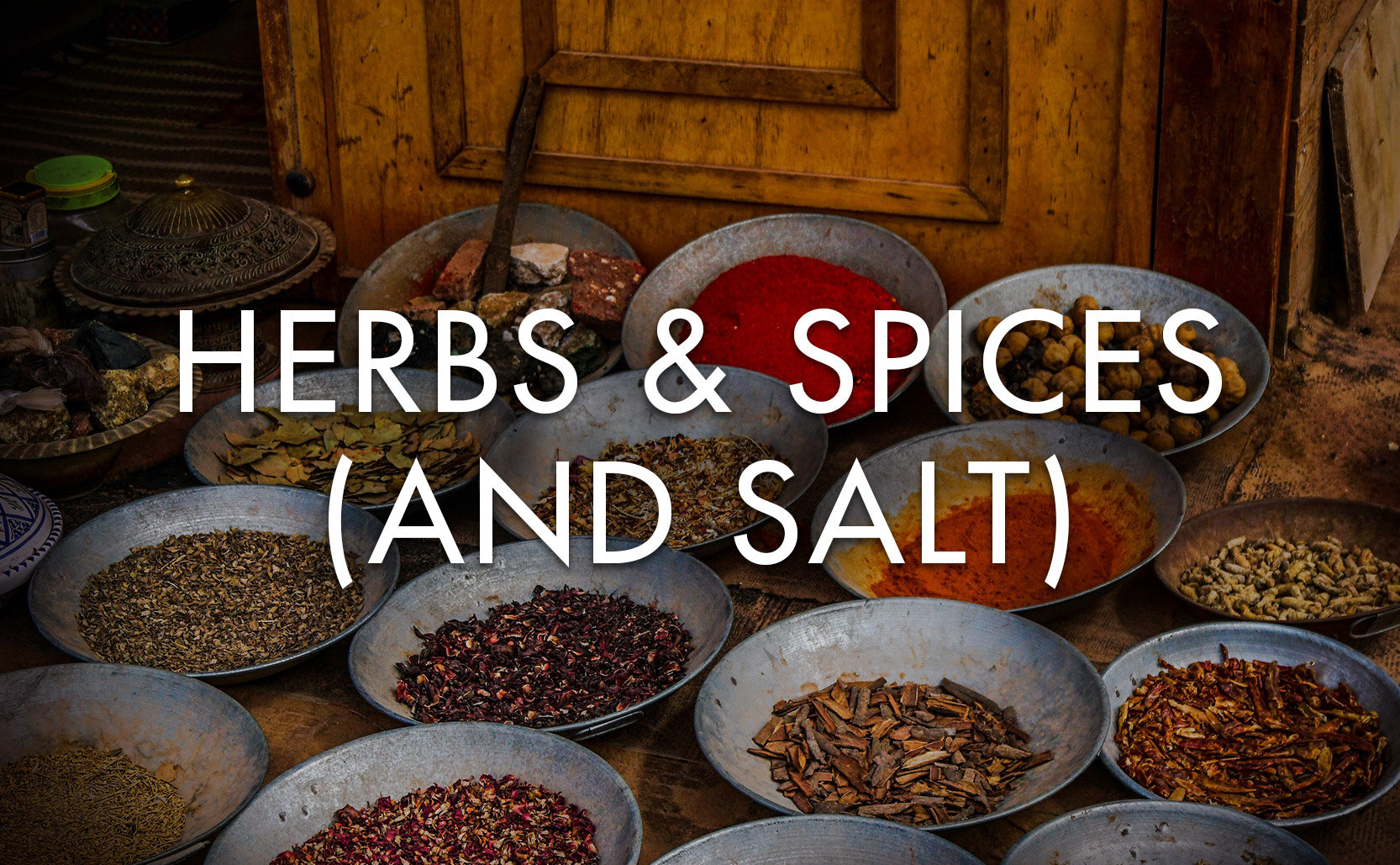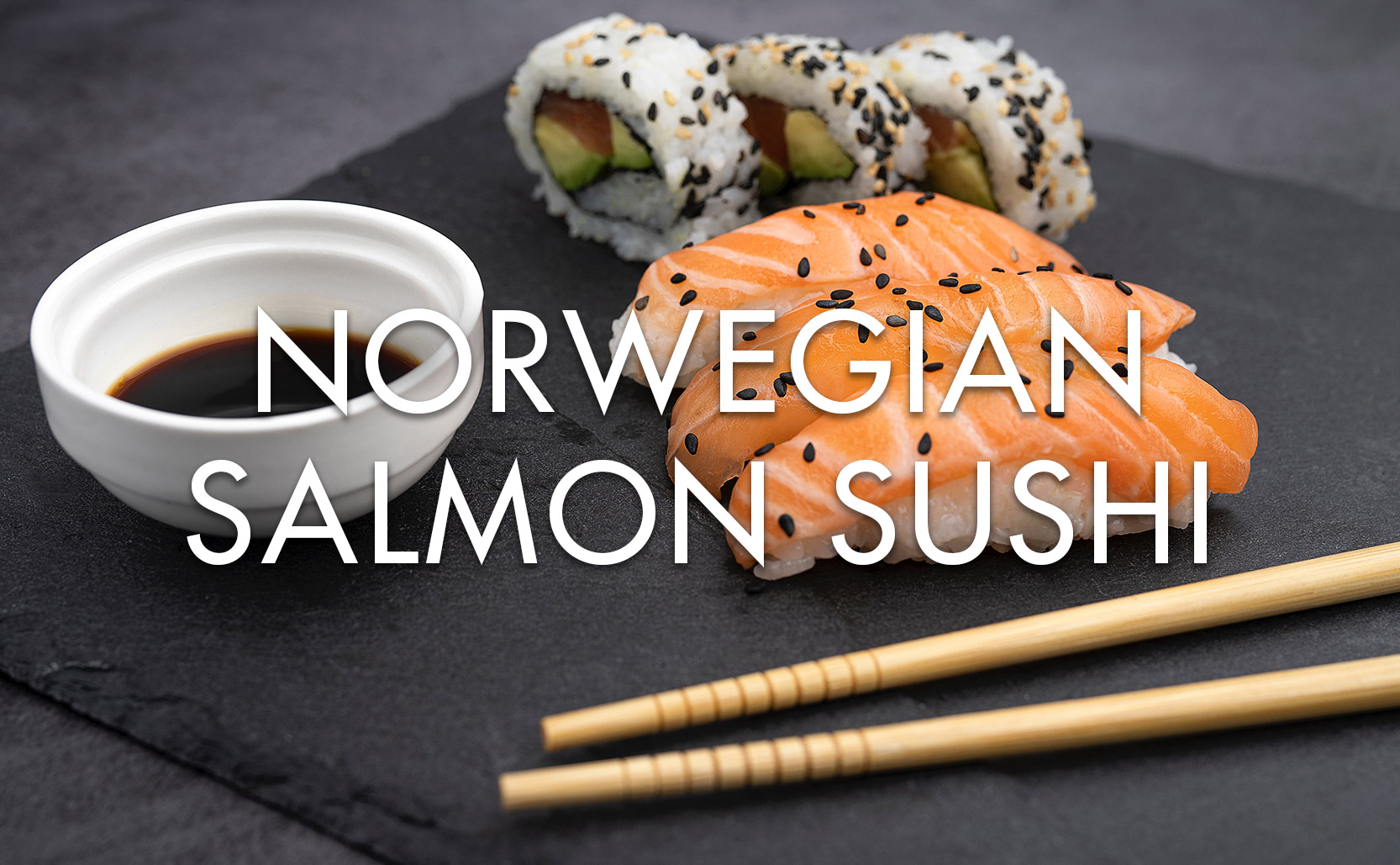the First Thanksgiving Menu
Lacking key ingredients, the menu at the first Thanksgiving of 1621 was a bit different than the traditional turkey dinner of today.
In the fall of 1621 the English Pilgrims and the Wampanoag came together in Massachusetts for, what has subsequently become a much mythologized, 3 day harvest festival. The pilgrims had a lot to be thankful for — that they were still alive following the deaths of half their fellow pilgrims the previous winter, that they had their supplies fortified by the Wampanoag, and that they had completed a successful summer growing season. What they ate as they gave thanks is debatable.
Definitely on the Menu
One food that was definitely served was venison. Massasoit, the leader of the Wampanoag, had 5 deer brought to the event. Another meat on the menu was “wild fowl”, but exactly what kind of birds these were is unknown. It’s possible that there was turkey at the first Thanksgiving but more likely it was goose or duck (or a combination). Other regional bird options at the time would have been swan and passenger pigeon.
Also definitely present was corn. The Wampanoag, who used the Three Sisters method of farming, had taught the pilgrims how to grow corn. As the pilgrims had grown a successful crop of Flint corn (aka “Indian corn”) it was cooked into a porridge, a bread, and/or with beans.
Maybe on the Menu
Given that the Plymouth Colony was by the water it’s very likely that seafood was also served. Eels, clams, muscles, cod, bass, and/or lobsters were very likely a part of the meal. It’s worth noting though that, unlike today, lobster was considered a food of last resort.
There were certainly vegetables & fruits on the menu but which ones were never specified (other than corn). Chestnuts, walnuts, beans, onions, carrots, cabbage, pumpkins, and various squashes were all grown in the area. Blueberries, plums, grapes, and raspberries were also grown in the area and could have been present. While cranberries might have been served cranberry sauce definitely was not since the colonists lacked the necessary sugar (and that cranberry sauce didn’t exist for another 50 years).
Not on the Menu
Even though pumpkins may have been present, pumpkin pie definitely was not. The pilgrims had neither the butter nor the flour necessary to make pumpkin pie – they didn’t even have an oven in 1621. Something pumpkin pie-esque that may have been prepared is a spiced pumpkin soup/custard cooked directly inside a pumpkin which was roasted on hot ashes.
There was no stuffing because, again, the colonists lacked the necessary flour. There were also no potatoes (mashed or otherwise). Potatoes came from South America and, while they had made their way to Europe by the late 16th century via the Spanish, they had yet to make their way to New England. There also weren’t any forks on the table since they too hadn’t made their way to North America yet (but on the upside nobody present had an overbite).


